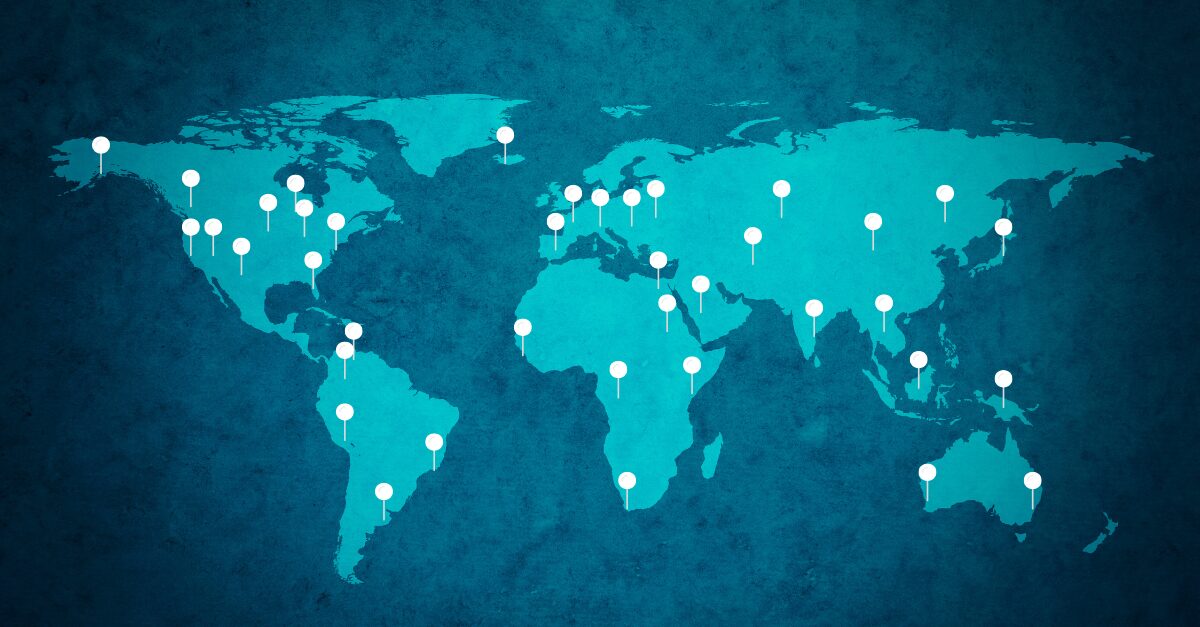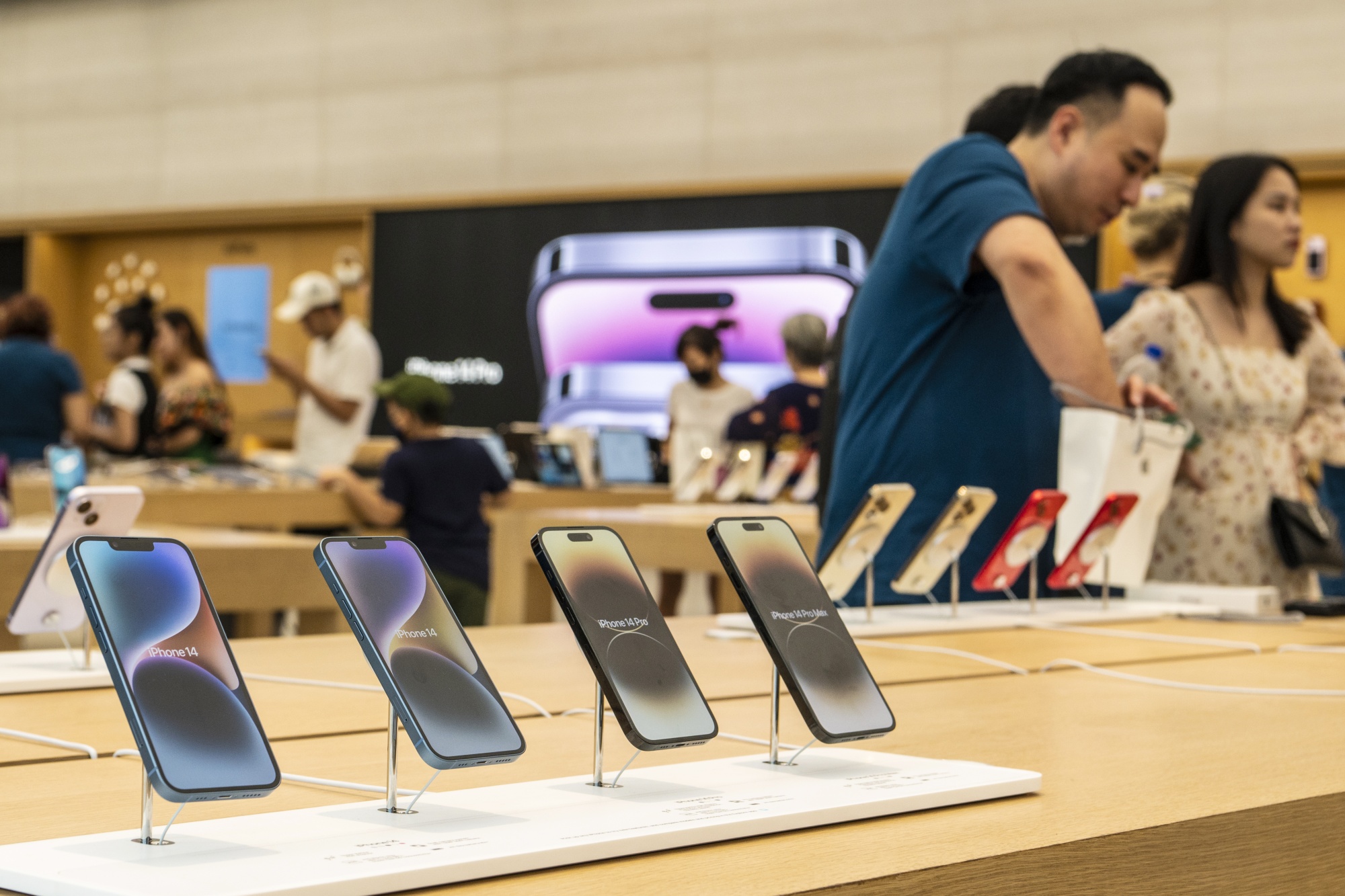In today’s competitive business landscape, the ability to scale operations and maintain consistent customer experiences across multiple locations is a hallmark of successful enterprises. Multi location brands have become a dominant force in various industries, ranging from retail and hospitality to healthcare and education. These brands leverage their expansive reach and cohesive identity to attract a broader customer base and establish themselves as leaders in their respective sectors. For a deeper dive into the strategies and advantages of multi-location brands, explore The Bullzeye’s comprehensive guide.
The Rise of Multi-Location Brands
The concept of multi-location branding is not new, but its significance has grown exponentially in recent years. With globalization and technological advancements, businesses now have the tools and opportunities to expand beyond their initial markets. Brands like Starbucks, McDonald’s, and Marriott serve as prime examples of how a consistent brand image and operational efficiency can transcend borders and cultures.
This growth isn’t limited to large corporations. Small and medium-sized businesses (SMBs) are also embracing the multi-location model, thanks to franchising, partnerships, and digital marketing strategies. By replicating successful practices across locations, these businesses can maintain high standards while reaching new audiences.
Why Multi-Location Branding Matters
1. Enhanced Brand Recognition
A strong, consistent brand presence across locations builds trust and familiarity. Customers recognize the brand’s logo, colors, and messaging, which fosters loyalty and repeat business. For instance, whether you’re in New York or Tokyo, the experience of visiting an Apple Store remains consistent, reinforcing the brand’s promise of innovation and quality.
2. Increased Revenue Opportunities
By operating in multiple locations, businesses can tap into diverse markets and demographic groups. This diversification reduces reliance on a single market and mitigates risks associated with local economic downturns or seasonal fluctuations.
3. Operational Synergies
Multi-location brands benefit from economies of scale. Centralized purchasing, standardized training, and streamlined processes result in cost savings and improved efficiency. This operational advantage enables brands to deliver value to customers while maintaining profitability.
Challenges of Managing Multi-Location Brands
While the benefits are compelling, managing a brand across multiple locations comes with its share of challenges:
1. Maintaining Consistency
Ensuring a uniform customer experience across locations can be daunting. Variations in staff training, local regulations, and cultural differences can impact service delivery.
2. Communication Hurdles
With teams spread across various geographies, effective communication becomes critical. Misalignment between headquarters and local branches can lead to inconsistencies and operational inefficiencies.
3. Adapting to Local Markets
Balancing global consistency with local relevance is an ongoing challenge. Successful multi-location brands adapt their offerings and marketing strategies to meet the unique preferences and needs of each market.
Strategies for Success in Multi-Location Branding
To overcome these challenges and maximize the potential of a multi-location model, businesses must adopt strategic approaches:
1. Invest in Technology
Technological tools play a vital role in managing multi-location operations. Cloud-based platforms, customer relationship management (CRM) systems, and workforce management software enable seamless coordination and data sharing. Additionally, analytics tools help brands track performance metrics and identify areas for improvement.
2. Empower Local Teams
While consistency is important, local teams should have the autonomy to make decisions that align with regional needs. Empowering local managers fosters innovation and ensures that the brand resonates with the local audience.
3. Standardize Training and Processes
Comprehensive training programs and documented processes ensure that all team members, regardless of location, deliver the same high-quality experience. Brands like Hilton have robust training systems in place to maintain service standards globally.
4. Leverage Digital Marketing
Digital marketing allows brands to tailor campaigns to specific locations while maintaining a unified brand voice. Tools like geotargeted ads, social media, and localized SEO strategies help drive foot traffic and online engagement.
Success Stories: Lessons from Leading Multi-Location Brands
1. Starbucks
Starbucks’ global success is rooted in its ability to combine consistency with local adaptation. While the core menu remains the same, the brand introduces region-specific offerings, such as matcha lattes in Japan and flat whites in Australia, to cater to local tastes.
2. McDonald’s
McDonald’s excels in operational efficiency and standardization. Its robust supply chain and detailed operational manuals ensure that every outlet delivers the same quality and taste. Simultaneously, the brand embraces localization by introducing menu items like the Maharaja Mac in India and the Teriyaki Burger in Japan.
3. Nike
Nike’s retail outlets and digital platforms are a testament to cohesive branding. From store layouts to marketing campaigns, every aspect reflects the brand’s ethos of athletic excellence. Nike also leverages data-driven insights to personalize customer experiences across locations.
The Role of Franchising in Multi-Location Growth
Franchising has emerged as a popular model for multi-location expansion. It allows brands to scale rapidly while minimizing the capital and operational burden on the parent company. Franchisees, in turn, benefit from the established brand reputation and operational support.
Successful franchises maintain a delicate balance between adherence to brand guidelines and allowing franchisees some degree of flexibility. Ongoing support, regular audits, and open communication are essential for a thriving franchising relationship.
The Future of Multi-Location Brands
As technology continues to evolve, multi-location brands are poised to benefit from innovations like artificial intelligence (AI), the Internet of Things (IoT), and augmented reality (AR). These technologies will enable even greater personalization, operational efficiency, and customer engagement.
Sustainability will also play a crucial role in the future of multi-location brands. Consumers increasingly favor businesses that prioritize environmental and social responsibility. Brands that incorporate sustainable practices into their operations and supply chains will have a competitive edge.
Conclusion
Multi-location brands are reshaping the way businesses operate and connect with customers. By leveraging consistency, operational efficiency, and local adaptation, these brands unlock new growth opportunities and build lasting relationships with their audiences. For businesses looking to venture into multi-location operations, the key lies in strategic planning, technological investment, and a customer-centric approach.
To learn more about the intricacies of managing multi-location brands and the strategies for success, visit The Bullzeye. Whether you’re an aspiring entrepreneur or a seasoned business leader, understanding the dynamics of multi-location branding will empower you to thrive in today’s interconnected world.





